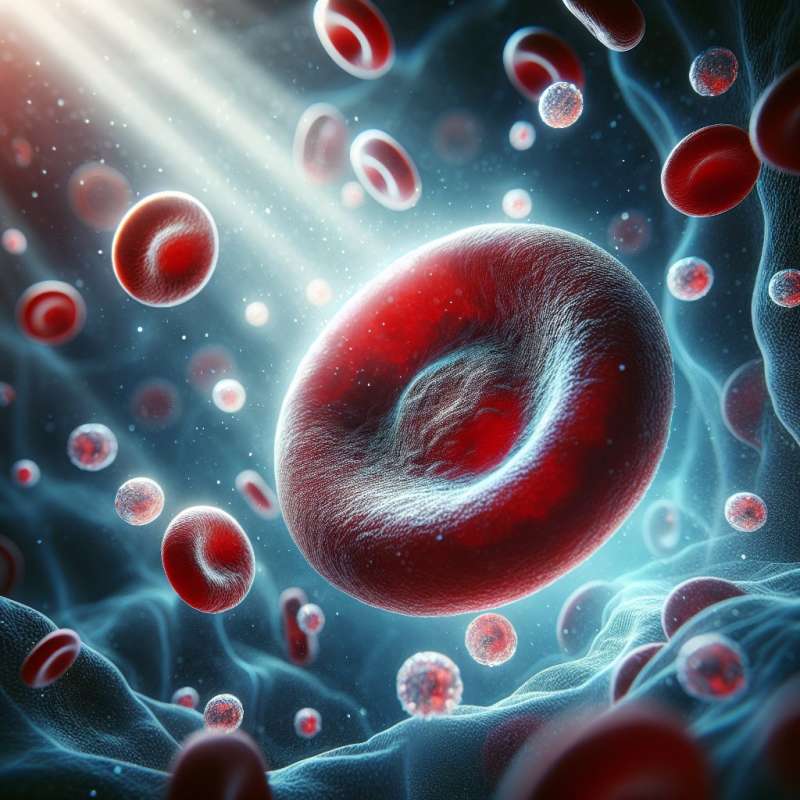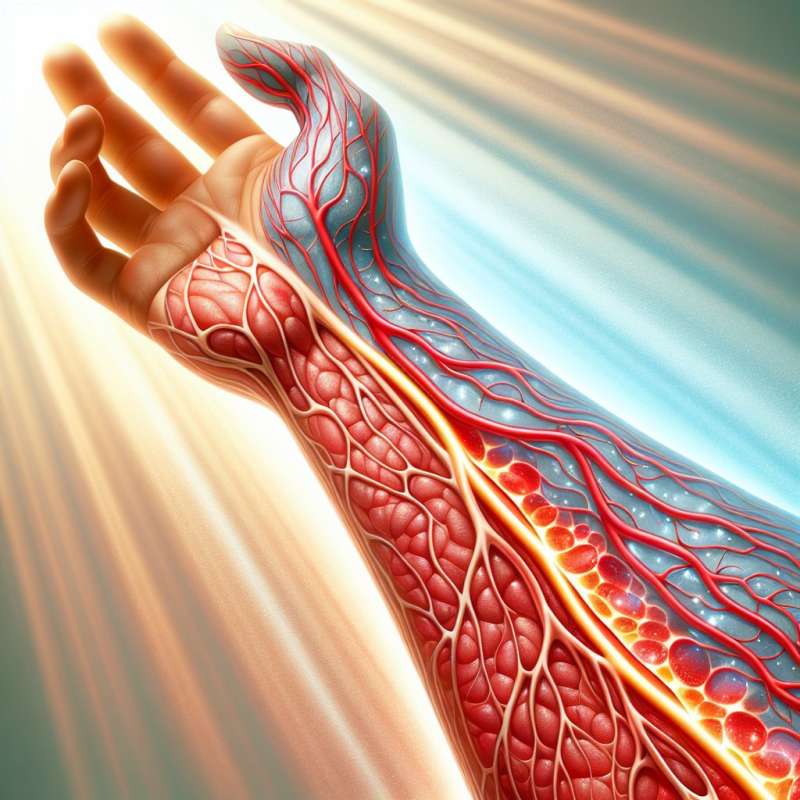
Introduction to Blood
Blood, the life-maintaining fluid, transports necessary substances like oxygen and nutrients to cells and removes waste. It's integral to cardiovascular health and overall well-being.
Blood Composition Breakdown
Human blood comprises plasma (55%), red blood cells (45%), white blood cells, and platelets. Each component plays a distinct role, from oxygen delivery to immune defense.
Oxygen Transportation
Red blood cells contain hemoglobin, which binds to oxygen in the lungs and releases it in the body's tissues, enabling cellular respiration and energy production.
Regulating Body Temperature
Blood helps regulate body temperature. The vasodilation and vasoconstriction of blood vessels adjust the blood flow, either releasing heat or retaining it, thus maintaining homeostasis.
Immune System Defense
White blood cells are the warriors of the bloodstream, identifying and destroying invasive pathogens. This defense mechanism is crucial for preventing cardiovascular infections.
Blood Clotting Factors
Platelets and certain proteins in plasma work together to form clots, preventing excessive bleeding. Surprisingly, the balance of clot formation and dissolution is vital for cardiovascular health.
Monitoring Blood Health
Regular blood tests can reveal conditions like anemia, clotting disorders, and cholesterol levels. Early detection of such conditions can prevent severe cardiovascular diseases.Blood Glow Phenomenon
Under UV light, blood can fluoresce due to the presence of porphyrins, surprising even seasoned hematologists.
What does blood transport to cells?
Oxygen and nutrients
Carbon dioxide and sugars
Hormones and enzymes
Company